Kayaking & Canoeing Storm Safety Tips
The forecast looked fine when you checked it this morning, but you see dark anvil-shaped clouds, hear thunder, and feel strong gusts of winds while you’re in the middle of a lake. You know you should get off the water but what if it’s too late? Here are some storm safety tips if you’re caught in a storm while canoeing or kayaking.
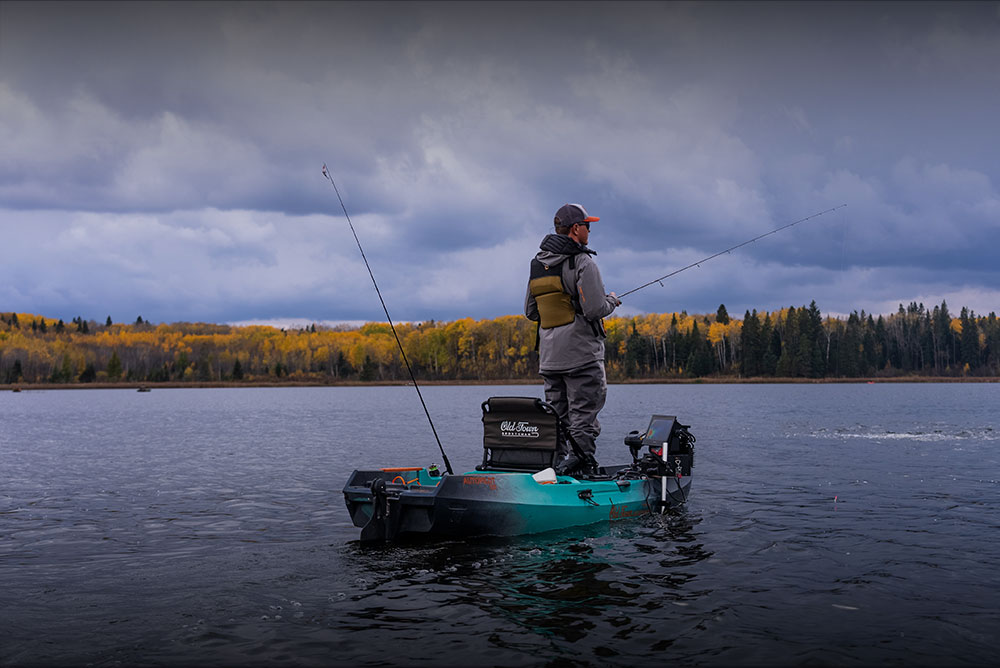
Prevent the Situation First
Being struck by lightning is rare, but extremely dangerous. One in 1,000 boats get struck by lightning every year according to Boat U.S.
Before you leave, check the local forecast and if it’s calling for thunderstorms, postpone your trip. Be aware that most thunderstorms take place in the afternoon. So if you’re paddling in an area with frequent thunderstorms (like Florida), plan to have your paddling adventure complete by lunchtime.
Learn and master proper canoe strokes before your trip and always wear your PFD.
What to Do at the First Signs of a Storm?
As soon as you hear thunder, or see dark, anvil-shaped clouds head for shore. From there you can assess the direction of the storm and determine if you’re in danger.
If you see lightning, count the seconds between it and thunder. Divide this number by 5 to get approximately the number of miles away the storm is but know that lightning can strike as far as 15 miles away.
What to Do Once on Shore?
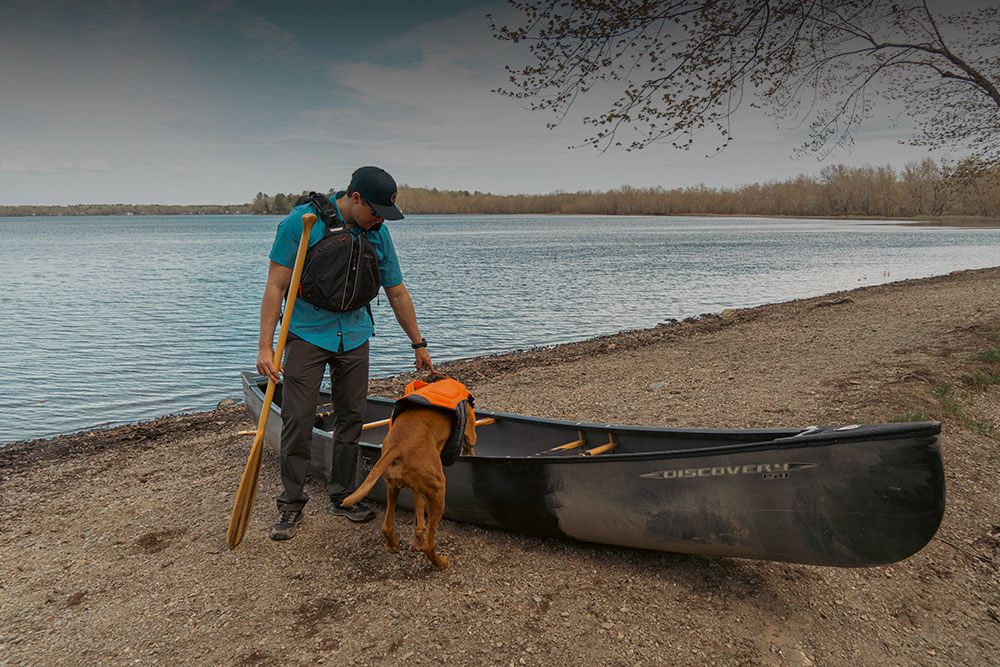
Leave your watercraft and gear on the shore and get away from shore. The best place to take refuge is a building, and the second best is a vehicle.
If neither of these are options, find a low-lying area without tall trees and large boulders.
Remove your PFD and sit or crouch on it, with your hands on your knees and your head tucked.
If you’re in a group, separate from each other to minimize the number of people who are injured if lightning strikes. Thirty minutes after the last clap of thunder, it’s safe to go back on the water.
What to Do if You Can’t Get to the Shore?
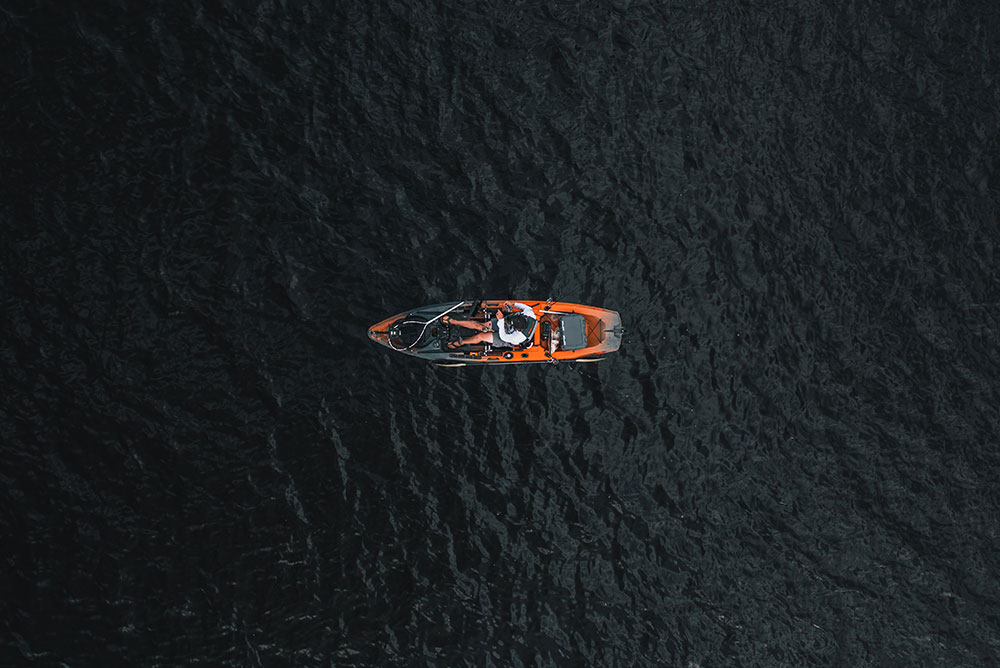
If the storm catches you while you’re still on the water, stay about 100 feet from any other watercraft. This way, if one of you gets struck, you won’t all be affected, but you’re close enough to render aid quickly.
Since lighting strikes the highest point, in a canoe or kayak it will likely be a fishing rod or the tallest person. Lay fishing rods down, remove your paddle from the water, and lay it flat, too.
Don’t get in the water. Water is an excellent conductor of electricity. Remove metal jewelry, drop anchor if you have one, and get low in the center of the craft.
Don’t lie down- you want the least amount of your body touching your watercraft as possible. If you have an extra PFD or inflatable cushion, sit on that.
How to Handle Wind and Waves?
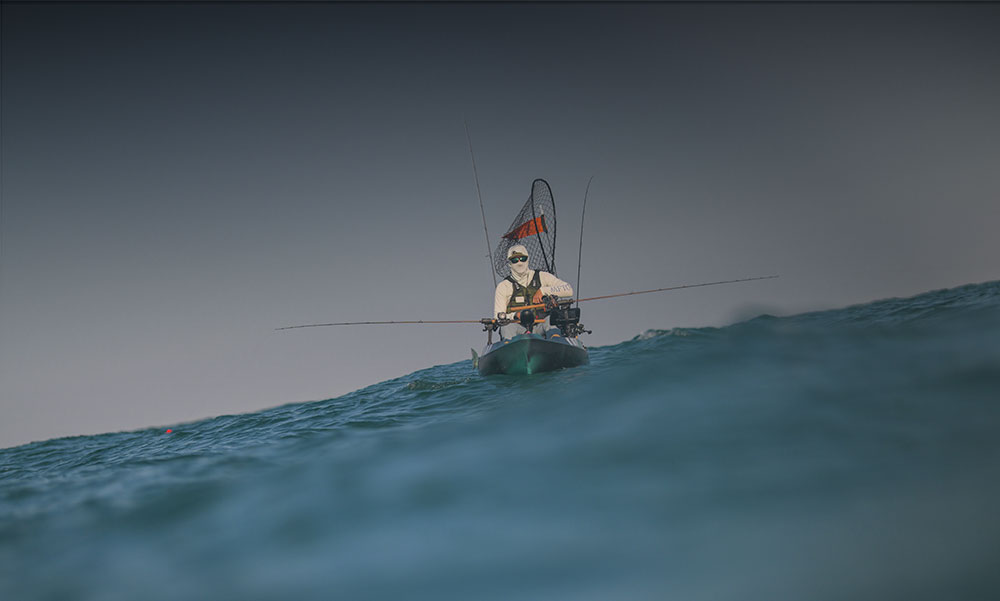
If you feel the wind pick up or it starts raining, but there are no other signs of a thunderstorm, head closer to shore, so you can get to safety quickly in case the storm worsens.
Avoid being parallel to high waves, but instead paddle at a 45-degree angle. This may mean zig zagging instead of paddling a straight line. Keep your weight low and centered and your hips loose.
If you’re in a canoe, go down on your knees. Stow gear so your vessel is properly trimmed and neither your bow nor stern, ride out of the water. Keep your paddle in the water, as that provides a lot of stability.
If waves begin crashing over the bow or pushing in over the stern, it’s time to get to shore.
Ideally, you should take out in a sheltered area, such as the lee side of a point, not a shore battered with waves. As you approach the shore, beware of boulders and fallen trees.
Paddling Safety Equipment and Gear
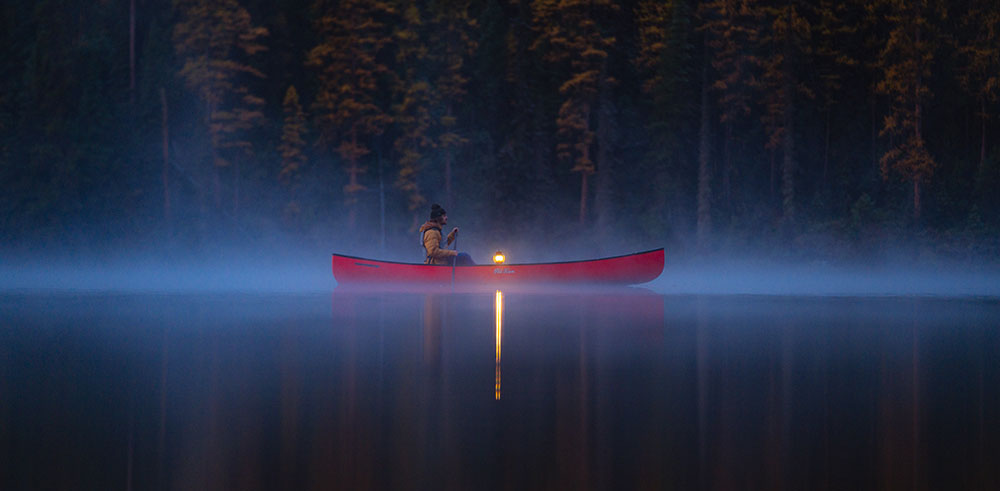
Paddlers should always wear a personal flotation device and have bailers in their canoe. An emergency kit should include items such as:
- Emergency blanket for each person
- Waterproof fire starter
- Satellite phone
- Whistle
- First Aid Kit
- Signal Mirror
On-the-water safety begins on shore with planning and mastering your canoe strokes. Thunderstorms usually pass quickly and it’s always better to sit it out, than ride it out.
Written by: Christi Holmes






